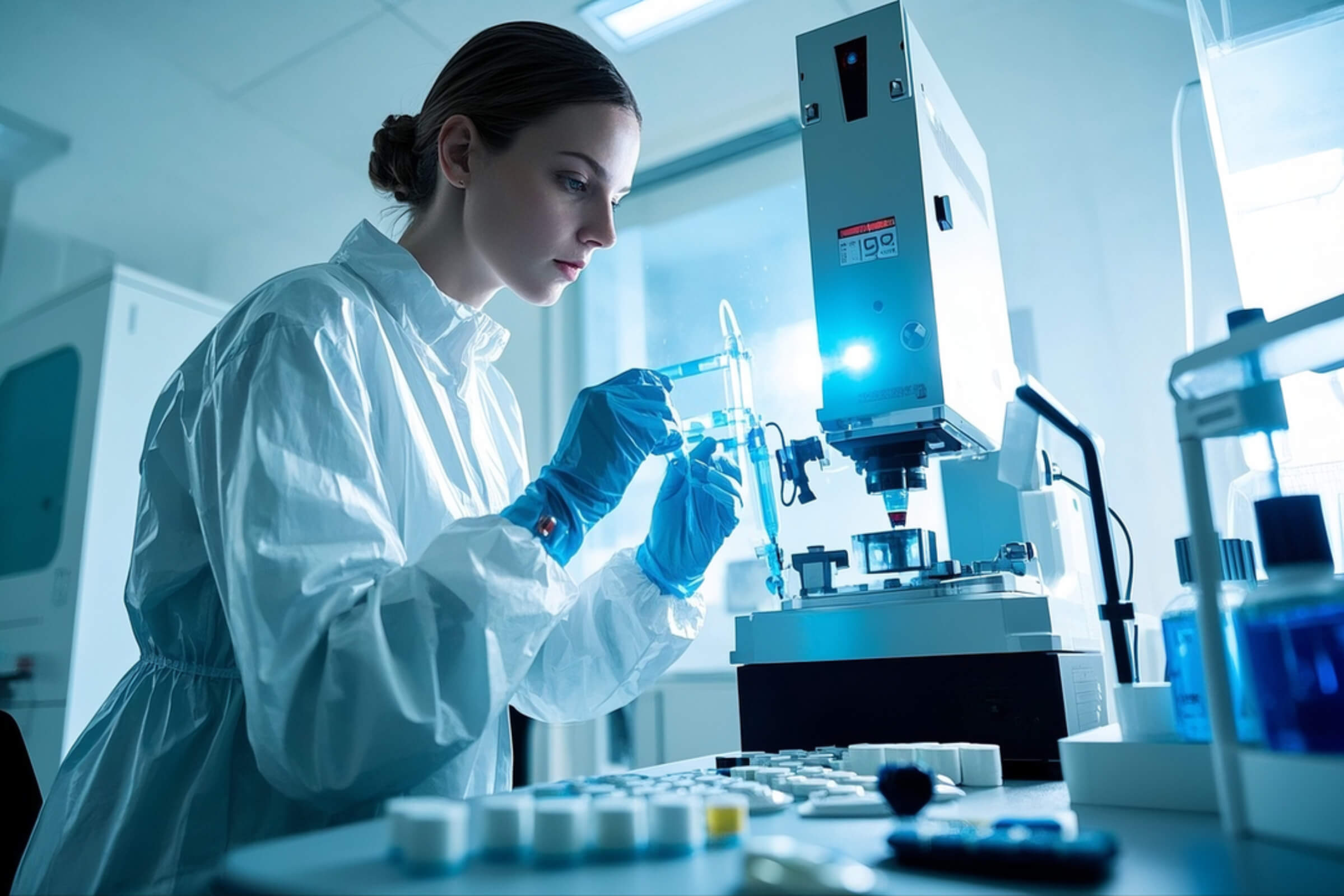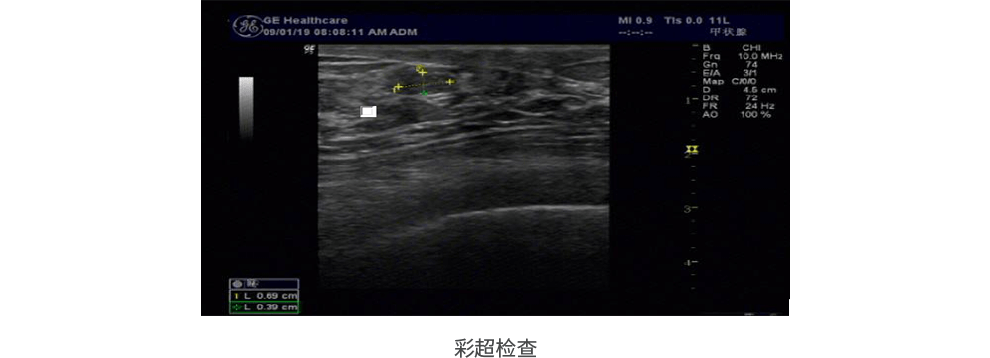

Every year in October is designated as “breast cancer prevention month”
“Pink Ribbon” as a Marking of Breast Cancer Prevention and Control Activities
It aims to convey the concept of “early prevention, early detection, early treatment.
Many female friends will see “breast hyperplasia, breast nodules” in regular examination. Will they become cancerous?
Don’t panic, don’t panic, take you to fight against “chest” insurance today.
Fight the battle of breast defense
Breast cancer has become the “number one killer” of women’s health “.
To prevent breast cancer, these five problems should be clarified ~
FAQ: What is the breast nodule of mammary gland hyperplasia? Can it become cancerous?
Breast hyperplasia refers to the hyperplasia of breast epithelium and fibrous tissue, the structural degeneration of breast tissue ducts and lobules, and the growth of progressive connective tissue. If the endocrine in the body is disordered, the secretion of hormones is not balanced, and some breast tissues are in varying degrees. Hyperplasia and incomplete recovery, resulting in disorders of the normal structure of the breast, can be called breast hyperplasia.
About 70-80% of women of childbearing age have different degrees of breast hyperplasia. Anxiety, stress, fatigue, irregular life, staying up late, improper diet and other easy to cause hyperplasia of mammary glands. Breast nodules and breast hyperplasia, are due to endocrine disorders, are related to mood swings.
Many female friends feel breast tenderness before menstruation, or even can’t touch, pain relief after menstruation, this pain related to menstrual cycle and emotional changes is the main clinical manifestation of mammary gland hyperplasia.
Most of the patients in the unilateral or bilateral breast can feel the breast texture is not uniform, the performance of the size of the sheet, nodular, cord, etc., the border is not obvious, the texture is medium or slightly hard, may have tenderness, most breast lumps also have the characteristics of changes with the menstrual cycle, before menstruation the lump increases and becomes hard, after menstruation the lump shrinks and softens. A small number of patients may appear nipple discharge, mostly light yellow or Milky White.
Most breast hyperplasia belongs to physiological hyperplasia, also known as simple hyperplasia, which is a normal phenomenon. Only women with atypical hyperplasia diagnosed by pathology may increase the risk of breast cancer.
Breast nodules: In fact, breast “nodules” is only a symptom, not the name of the disease. It can be seen in various breast diseases, such as breast hyperplasia, breast cyst, breast fibroadenoma, plasma cell mastitis, breast cancer, etc., most of which are benign diseases. Breast nodules found in physical examination, if the BI-RADS classification is grade 1-3, most of them are benign diseases, and regular follow-up; if grade 4-5, it may be malignant lesions, you need to see breast surgery, and the Junior College doctor will carry out clinical decision-making intervention.

FAQ: What is breast cancer?
The female breast is composed of skin, fibrous tissue, breast glands and fat. Breast cancer is a malignant tumor that occurs in the glandular epithelium of the breast. Breast cancer in situ is not fatal, but cancer cells can spread throughout the body in the blood or lymph, forming metastases and threatening life.
FAQ: What is the incidence of breast cancer in our country?
Globally, the incidence of breast cancer (46.3 per cent)[1] deaths (13.0 per cent)[2] is the highest of all female cancers.
In China, the incidence of breast cancer is the first in women, and the age of onset is younger. We should mention the importance of breast health, including breast self-examination is one of the easy ways to prevent breast cancer.
FAQ: How to detect breast disease early?
- Breast self-examination
- Breast imaging examination
breast self specific steps:
The best time for breast self-examination is the 7-10th day of the monthly menstrual cycle (counting from the first day of menstruation). At this time, the level of estrogen in the body is low, the breast is relatively soft, and it is easier to find lumps. Breast self-examination specific performance for the following two aspects:
1, see
Carefully observe whether both sides of the breast are symmetrical in size, whether there are abnormal protrusions, whether there are depressions in the skin and nipples, orange peel-like changes in the skin, eczema-like changes in the nipple and areola, or covered with scales, nipple discharge, skin redness and swelling, etc.
2, touch
(touch the breast): supine, shower can stand, four or three fingers (can not use the little thumb) close together, gently slide the palm of the finger to check whether there are lumps or other changes in various parts of the breast. Fully inspect the areola area, breast and armpit in clockwise or other order, and gently squeeze the tip of the thumb and index finger when examining the nipple and suspected mass. Focus on the presence of suspicious mass, nipple discharge, etc.
commonly used in breast imaging screening:
Most of the breast cancer that can’t be touched and may be missed can generally be detected by imaging means. It can be said that imaging examination is a more reliable and scientific method for early screening of breast cancer.
- (1) mammography X-ray examination:
Mammography (mammography) is internationally recommend, the main method of breast cancer screening. Molybdenum target examination can find breast masses that cannot be touched by clinical examination. Its principle is to use soft X-ray examination, but there is a premise that the patient’s breast tissue should be relatively thin in order to see clearly. Therefore, it is limited to women of childbearing age (age <40 years old), which is more suitable for women over 40 years old. - (2) Color Doppler ultrasound examination:
The color Doppler ultrasound examination of the breast has no ionizing radiation, which is ideal for young women and dense breast.


FAQ: To care for breast health and prevent breast diseases, we should develop a good lifestyle. What should we do?
- 1. eat breakfast containing fiber
High levels of estrogen will stimulate the breast, easily lead to breast disease. Cellulose helps promote the excretion of excess estrogen, add more fruits or vegetables for breakfast, and bread can also be replaced with whole wheat. - 2. Don’t Stay Up Late
Women who stay up late for a long time are more likely to suffer from breast cancer than women who work and rest normally. - 3. a little exercise every day
Half an hour of exercise every day can reduce the risk of breast cancer. - 4. Weight Control
People with high fat content may secrete excessive estrogen, which has an increased impact on the breast and increases the risk of breast cancer. It is very important to reduce fat and increase muscle.

